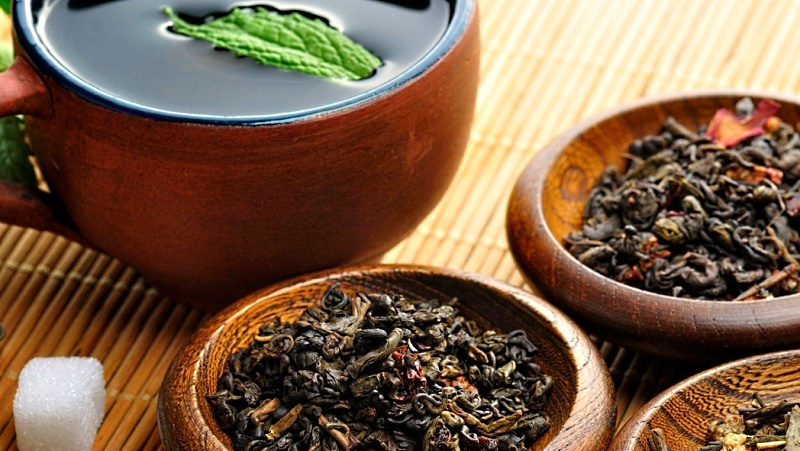 Tea brewing can bring the greatest benefit as a top dressing to plants at the beginning of the growing season. With a large return, the consumption of raw materials in this case is much smaller than that required for incorporation into the ground or watering bushes. It will be possible to accumulate the stock of used tea leaves during the autumn and winter seasons necessary for growing seedlings without difficulty.
Tea brewing can bring the greatest benefit as a top dressing to plants at the beginning of the growing season. With a large return, the consumption of raw materials in this case is much smaller than that required for incorporation into the ground or watering bushes. It will be possible to accumulate the stock of used tea leaves during the autumn and winter seasons necessary for growing seedlings without difficulty.
Content
Useful properties of tea leaves
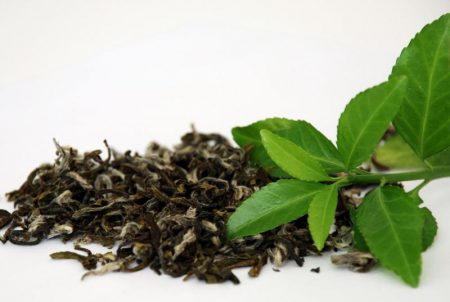 Tea brewing has the ability improve soil qualityimproving its structure and enriching with nutrients. It is also useful to mix it with a soil mixture intended for growing seedlings.
Tea brewing has the ability improve soil qualityimproving its structure and enriching with nutrients. It is also useful to mix it with a soil mixture intended for growing seedlings.
The benefits of tea leaves:
- A large concentration of potassium helps to strengthen, increase the vitality of young plants. Seedlings, which have received a sufficient amount of the element in the diet, take root faster after planting in the ground.
- Thanks to calcium, whose share in tea leaves is 4.7 mg / g, seed germination improves, sprouts grow shoots and roots faster.
- The value of photosynthetic magnesium increases if plants lack light, which is a common seedling problem when cultivated in the middle or northern strip.
- Iron deficiency, as a rule, is observed in plants in the early stages of development; subsequently, the role of the element in their metabolism decreases. In tea brewing, the element is contained in a volume sufficient for nutrition of seedlings - 2 mg / g.
- For clay soils, welding acts as a baking powder, making the soil structure easier, sand - enriches with humus and prevents the rapid loss of moisture.
- The ability to absorb moisture is especially useful for seedlings: welding acts as a drainage, protecting the roots from decay in case of excessive watering.
- Tannins contained in tea leaves also inhibit putrefactive processes.
The only case when tea brewing can worsen the condition of the soil is too acidified soil. Tannins have an acidifying effect, while vegetable crops prefer slightly acidic or (less commonly) alkaline soils. Welding is appropriate if acidification of alkaline soil is required.
Tea leaves as a substrate for sowing seedlings are useful for many vegetable crops:
- tomatoes;
- cucumbers
- beans;
- peas;
- carrot;
- radish;
- pepper.
Preparation of the substrate from the tea leaves
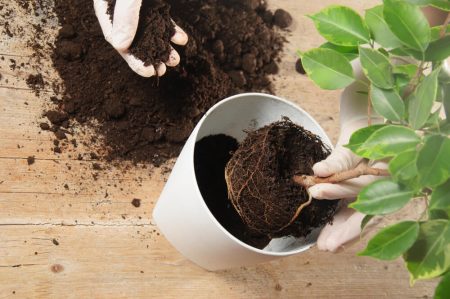 For sowing seedlings, you can use both ordinary tea leaves and tea leaves extracted from bags. It is important that the raw materials do not contain fragrances and dyes. Do not use fresh leaves, treatment with boiling water washes aluminum and part of the tannins harmful in high concentrations to any plants.
For sowing seedlings, you can use both ordinary tea leaves and tea leaves extracted from bags. It is important that the raw materials do not contain fragrances and dyes. Do not use fresh leaves, treatment with boiling water washes aluminum and part of the tannins harmful in high concentrations to any plants.
Substrate preparation:
- Each portion of the infused tea leaves should be dried, because mold gets wet quickly in moist leaves. If the contents of the tea bag are used as raw materials, when brewing, you need to remove it from the cup before adding sugar, or rinse the bag with clean water before drying. Leaves of sugar in the tea leaves can attract midges and ants to plant.
- To prepare the substrate for the substrate, you need to mix 2 parts of garden soil and compost. Add 250 grams of sifted wood ash to each bucket of the mixture.
- The infusion is applied to the soil mixture in a ratio of 1: 3 immediately before sowing. Tea leaves should be dry.
- The resulting soil is filled in containers for seedlings and seeds are planted in them.
The advantages of using a substrate with tea leaves for growing seedlings include:
- nutrition - seedlings sown in such soil does not require additional fertilizing;
- loosening of soil;
- preventing accumulation of excess moisture;
- black foot protection;
- low cost and naturalness of the product.
The disadvantages include the need to collect raw materials.
Tea Bag Seedling Tablets
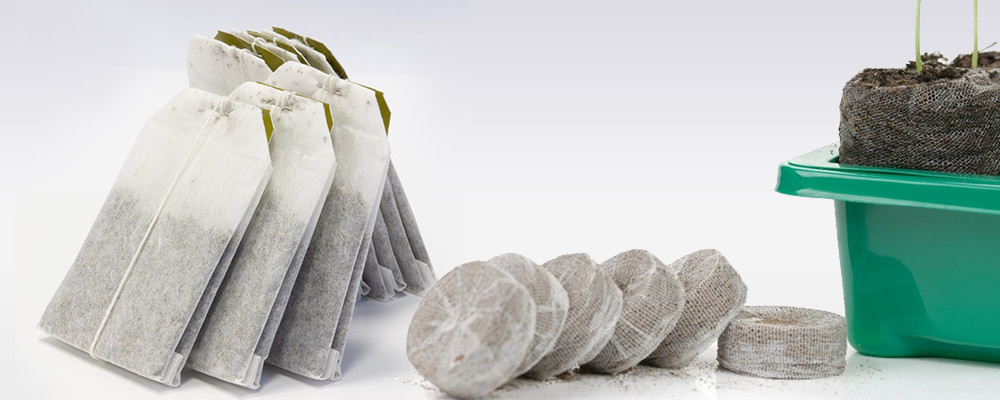 Tea bags can be used instead of peat tablets for sowing seedlings. In this case, used and dried rectangular-shaped sachets are required.
Tea bags can be used instead of peat tablets for sowing seedlings. In this case, used and dried rectangular-shaped sachets are required.
The scheme of sowing in a tea bag:
- Moisten the dried sachets before the procedure so that they do not tear.
- Cut the top edge and open. The tea leaves should not be emptied.
- Fill the bag with earth, mixing it with tea.
- Put the containers in the container - tight enough so that the paper bags do not turn over.
- Pour sachets abundantly with growth stimulant before sowing seeds. For example, "Epin."
- Sow.
- Close the container with the bags with a transparent lid or cover with polyethylene and secure with an elastic band to create a greenhouse effect.
When the time comes for transplanting, seedlings are placed in a new container, without removing from the bag and without destroying the earthen coma. Therefore, first of all, the method is recommended for crops that are difficult to tolerate picking, for example, for bell pepper. It is important that the bag is made of paper, not synthetic mesh, then the growing roots will easily break through it. If, during a transplant, it is found that two bags are stuck together, do not try to separate them dry - they will tear and you may accidentally damage the roots. After watering, the bags can easily be separated from each other.
Advantages of the "pills" from bags for growing seedlings:
- tea leaves are a source of nutrients for young shoots;
- transplantation is carried out with minimal risk of root damage;
- no additional financial investments, such as the purchase of peat tablets, are required.
Gardeners note several disadvantages of the method:
- labor input;
- not all bags are suitable;
- high likelihood of mold.
The mineral composition and physico-chemical properties of tea leaves make it especially useful for young plants. Growing seedlings on tea leaves will be cheap and absolutely safe - the raw materials are not highly bioactive, contain moderate doses of nutrients and are environmentally friendly.

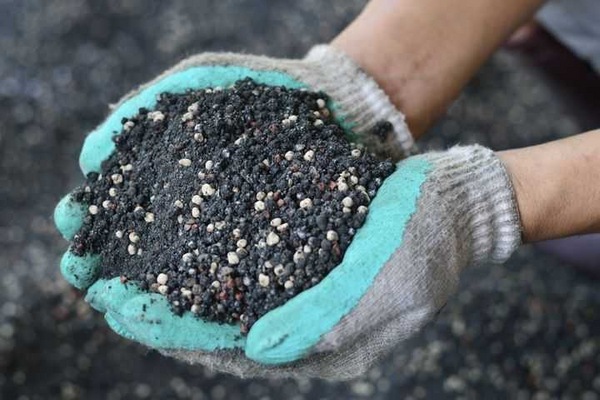
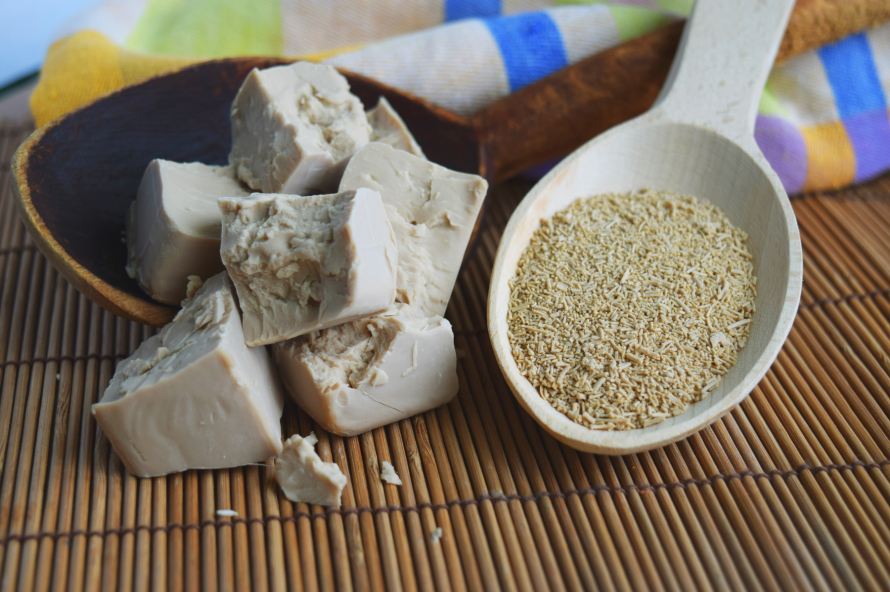
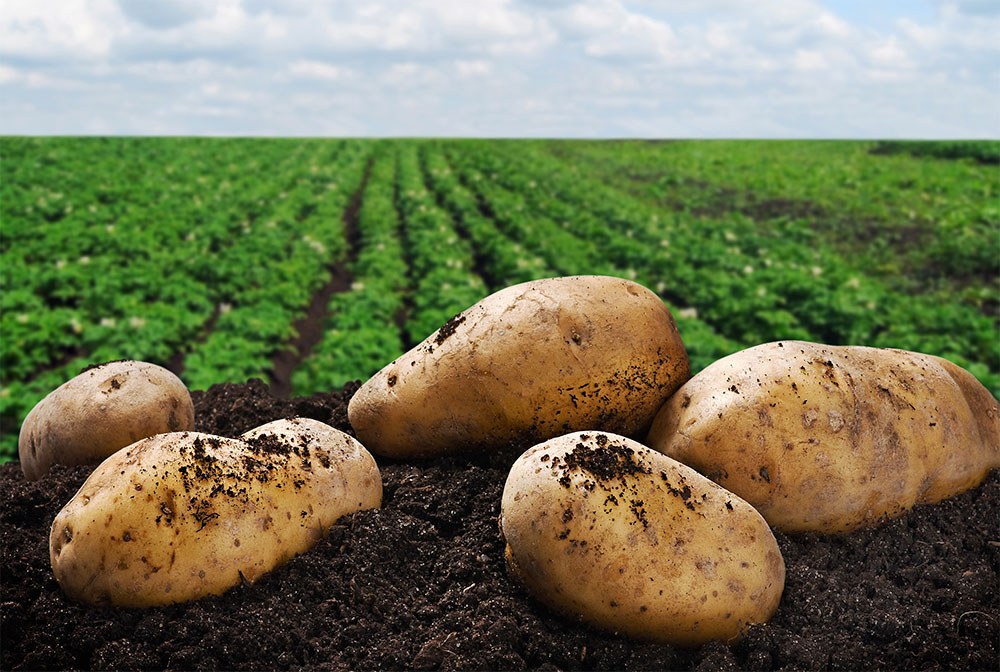
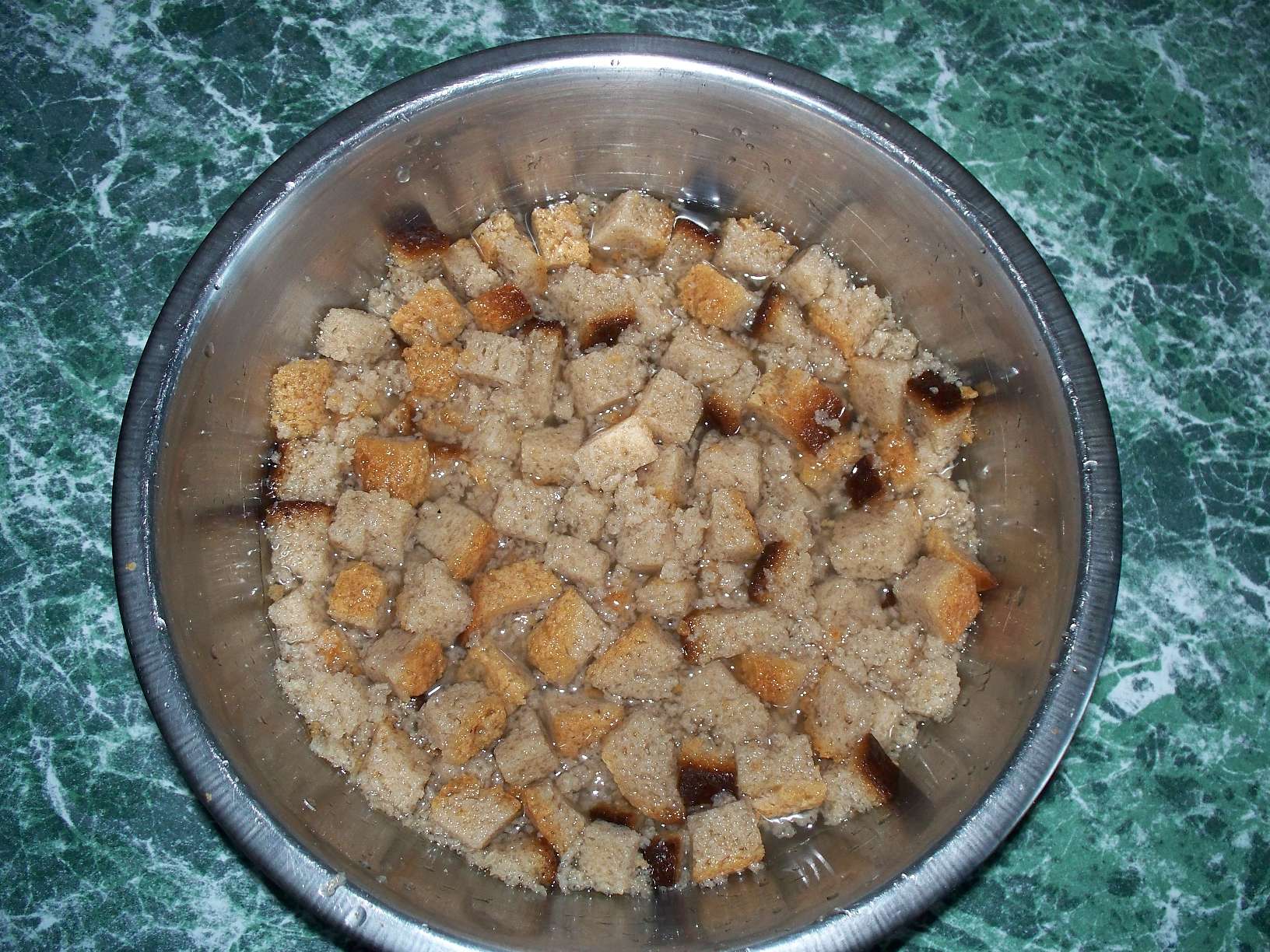 How to make bread infusion for feeding cucumbers
How to make bread infusion for feeding cucumbers Superphosphate: what is it and how to apply it
Superphosphate: what is it and how to apply it What problems can be expected from siderats?
What problems can be expected from siderats? Secrets of the collection, storage and use of eggshells in the garden
Secrets of the collection, storage and use of eggshells in the garden